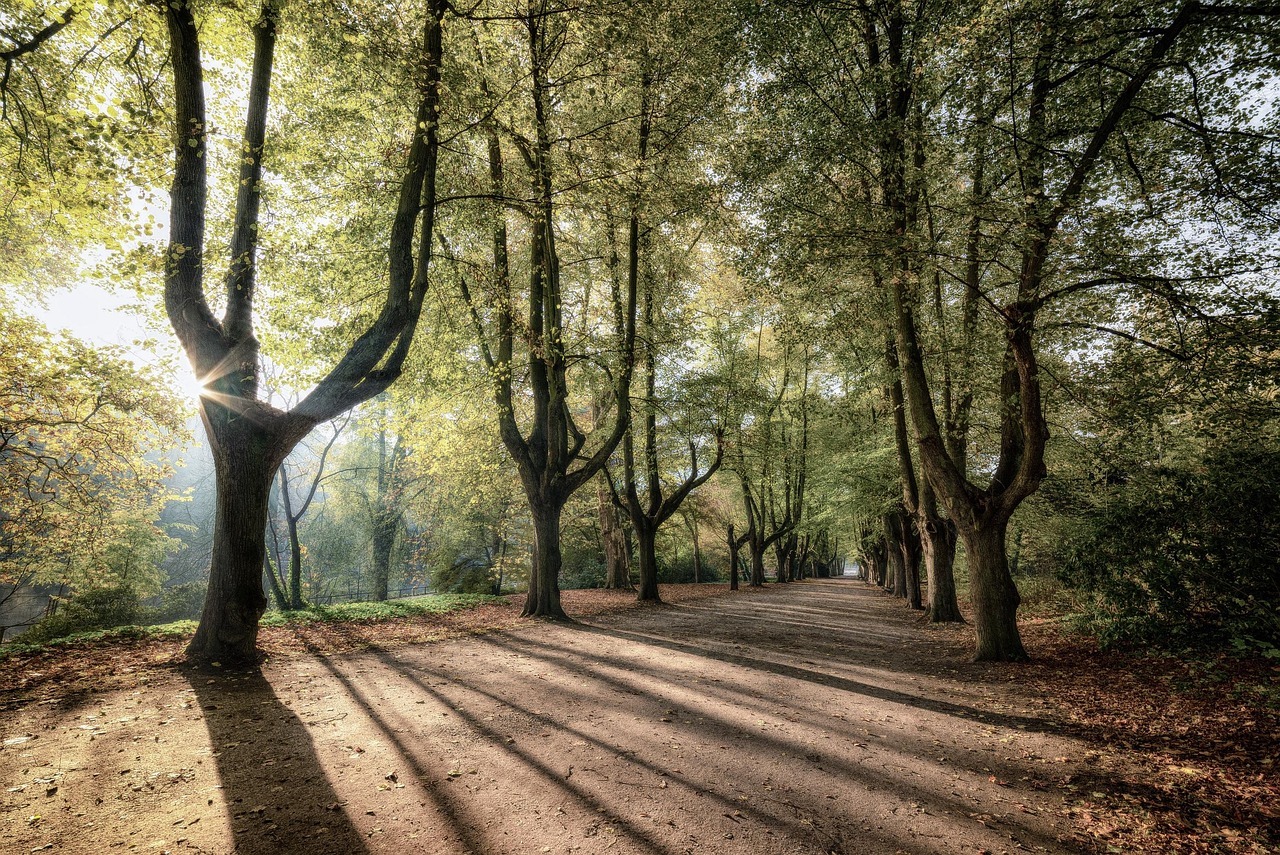Okay, so let me let you in on one of my favorite musings—forests! There’s just something about stepping into a world where the trees stretch up to the skies that makes my heart flutter. It’s like an enchanted realm of peace and quiet that transports me right out of the chaos of everyday life. I swear, the rustling leaves and that snapping twig underfoot are like nature’s symphony—there’s just a magical vibe happening all around!
If you pause a minute and really think about it, there’s actually this whole invisible world buzzing at our feet. It’s not just trees doing their thing. Oh no, it’s a whole ecosystem where trees are these wise, whispering beings playing the long game—we’re talking the “Wood Wide Web.” How cool is that? Trees chitchatting through their roots, sharing news, gossiping about pests—oops, did I just humanize them a bit too much?
The Science of Connection
If you’re as curious as I am, there’s this mind-blowing research by folks like Suzanne Simard. These scientists are like the spies of the forest, decoding these hidden convos our leafy friends are having. So, there’s this underground world of fungi (mycorrhizal networks—they have a fancy name and everything!) acting like a messenger service for trees. They’ve got this barter system—trading water, carbon, and nutrients. I always imagine them as the forest’s letter carriers, albeit ones who’ve taken the scenic route.
Symbiotic Relationships: Better Together
Let’s sketch this out. Our fungi pals, small but mighty, blend in with the tree roots, trading nutrients for carbon sugars. It’s this give-and-take gig, kinda like Lady and the Tramp’s spaghetti scene but without the noodles. Oh, and this isn’t just between a couple of trees—it’s like a whole neighborhood cookout where everyone’s pitching in.
And that relationship is straight-up fantastic! Mother trees—those giant, wise ones—share resources with the younger trees, share their “wisdom,” and send out SOS signals when bad news like pests rear their ugly heads.
The Power of Mother Trees
These Mother Trees are not just trees. Think of them as the matriarchs orchestrating this entire leafy community. They’ve probably seen more sunrises and thunderstorms than any of us, nurturing the forest like a mama bear. I find it utterly endearing that they keep the peace, ensuring everyone gets their share, almost like a loving grandma always making sure you’ve had enough to eat.
Their sensitivity is something to behold, adjusting resources if a nearby tree’s not feeling well. It’s like this natural wave of reassurance passing through the roots—a heartfelt, nurturing message that says, “Don’t worry, I’ve got your back.” Kinda makes you pause and reflect on some human connections, doesn’t it?
Facing Threats Together
This whole forest gig isn’t just about smelling the roses, though. They’re dealing with their share of troubles—pests, droughts, you name it. But here’s the kicker, their secret networks help them sound the alarm and suit up their defenses. It’s like having a neighborhood watch where everyone gives the heads up if trouble’s brewing. I imagine trees giving each other a nod as if to say, “We’ve got this.”
Sure, there could be some trees taking more than they give, those pesky freeloaders, or invasive kinds causing a ruckus, shoving into their community uninvited. But as a whole, forests are like this resilient fortress, standing strong, adapting, and conquering nature’s obstacles.
Lessons From the Wood Wide Web
When you really stop and connect with these verdant symphonies, it’s humbling, isn’t it? The forest mirrors a belief in community and interdependence—things we humans slip up on from time to time. Trees master the art of silent communication, thriving because they’re united—not solo warriors but a thriving ensemble.
It’s a wonderful nudge that life is one swirling web of connection and reliance, like one big, green family reunion. So, when you’re next lost amongst giants, perhaps murmur a quiet thank you. You just never know—they might be listening, weaving your words into their age-old yarn.






